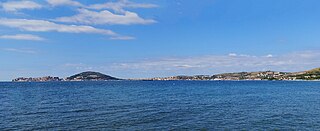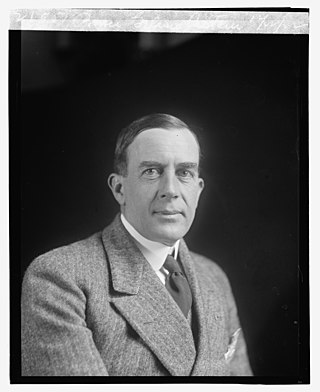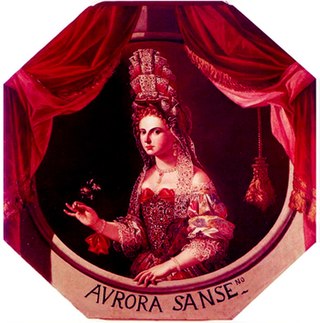
Gaeta is a city in the province of Latina, in Lazio, Southern Italy. Set on a promontory stretching towards the Gulf of Gaeta, it is 120 kilometres from Rome and 80 km (50 mi) from Naples.

Fondi is a city and comune in the province of Latina, Lazio, central Italy, halfway between Rome and Naples. As of 2017, the city had a population of 39,800. The city has experienced steady population growth since the early 2000s, though this has slowed in recent years.

Leone Caetani, Duke of Sermoneta, was an Italian scholar, politician, and historian of the Middle East.

The Duchy of Gaeta was an early medieval state centered on the coastal South Italian city of Gaeta. It began in the early ninth century as the local community began to grow autonomous as Byzantine power lagged in the Mediterranean and the peninsula due to Lombard and Saracen incursions.
Richard III, also known as Richard of Caleno, was the Norman count of Carinola and last quasi-independent Duke of Gaeta, ruling from 1121 to his death. From 1113, he was regent of Gaeta for his cousin or nephew, Duke Jonathan; in 1121 he succeeded him. As duke he was a nominal vassal of the Princes of Capua, to whom he was related.
Richard II, called Richard of Aquila, was the consul and duke of Gaeta, ruling from 1104 or 1105 to his death.

Luigi Caetani was an Italian Cardinal of the Roman Catholic Church.

The Garden of Ninfa is a garden in the territory of Cisterna di Latina, in the province of Latina, central Italy. The park has an area of 105 hectares, and is an Italian natural monument. The landscape garden within the park comprises 8 hectares and contains medieval ruins, several oaks, cypresses and poplars, grassy meadows, a wide range of exotic plants from various parts of the world, numerous watercourses and a large variety of rambling roses growing over the stone walls of the ruins. The site is run by the Italian foundation Fondazione Roffredo Caetani. It is open to the public at set times from April to November. Nearby towns include Norma and Sermoneta. Ninfa has been described as "the most romantic garden in the world".

Francesco Caetani, 8th Duke of Sermoneta, was an Italian nobleman in the service of the King of Spain.
Sveva Caetani, was an Italian-Canadian artist.

Gelasio Caetani was an Italian nobleman and diplomat from the princely Caetani family who rose to fame during the First World War as an army officer and mining engineer.
Onorato I Caetani was an Italian nobleman, who was the count of Fondi from 1348 and the Great Constable of the Kingdom of Naples also from 1348. He was also lord of Sermoneta, Bassiano, Marino and also Senator of Rome from 1384.
Hubert John Edward Dominic Howard was an English intelligence officer who lived in Italy.

The House of Acquaviva is an aristocratic Italian family from Naples. The head of the family was Duke of Atri in the Abruzzo from the 15th century, and Count of Conversano after an Orsini family marriage in 1546, among other titles.

This article contains material translated from the Italian Wikipedia's version of this page.

Onorato Caetani, XIV Duke of Sermoneta and IV Prince of Teano was an Italian politician from the noble Caetani family.

Ersilia Caetani-Lovatelli or Ersilia Caetani was an Italian aristocrat, art historian, cultural historian and archaeologist.
Vittoria Colonna Caetani, Duchess of Sermoneta was an Italian writer, best known for her Memorie, translated into English as Things Past (1929).

Aurora Sanseverino was an Italian noblewoman, salon-holder, patron and poet. One of the most celebrated women in the highest rank of the Neapolitan aristocracy, she was known for her great cultural activity as a patron and mecenat of art and for her famous cultural salon in Naples, and correspondent of several contemporary culture personalities that made her a central figure in baroque Italy.
Caetani is a surname. Notable people with this surname include:















